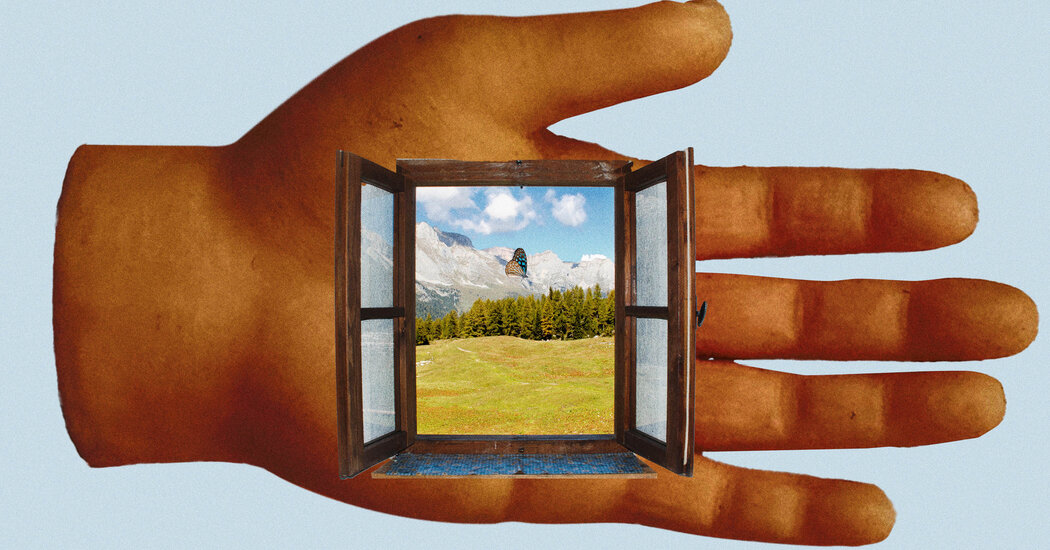Creating stuff is good for your brain.
I once decorated a mirror with shells, but I keep it in a closet. I’m fond of it, even though it looks a little sloppy. Sometimes I’ll debate whether to toss it, and then gently put it back on the shelf.
As it turns out, a lot of us have strong attachments to things we make — even when they’re kind of hideous, said Michael Norton, a professor of business administration at Harvard and the author of “The Ritual Effect.”
Dr. Norton once took a stone-carving class, he told me, and tried to chisel a symbol (“the best description I can give is a circle shape with flames”), but part of the stone broke off “so it looked like it was made by a toddler.” Yet every time he moved homes, he carefully wrapped the stone nub in bubble tape and brought it with him.
This is because we often see the things we make as part of our identities, said Dr. Norton, who has conducted research on how people come to value objects. Our creations help us “feel a sense of confidence and a sense of mastery that is really hard to get sometimes in other places,” he added.
Making something with your hands is also good for your brain. And research shows that do-it-yourself projects, whether planting an herb garden or building a birdhouse, are rewarding; they can help boost happiness and lower stress.
When was the last time you made something, just for the fun of it? If you want to become a maker (or if it’s been a while), here’s how to get started.
